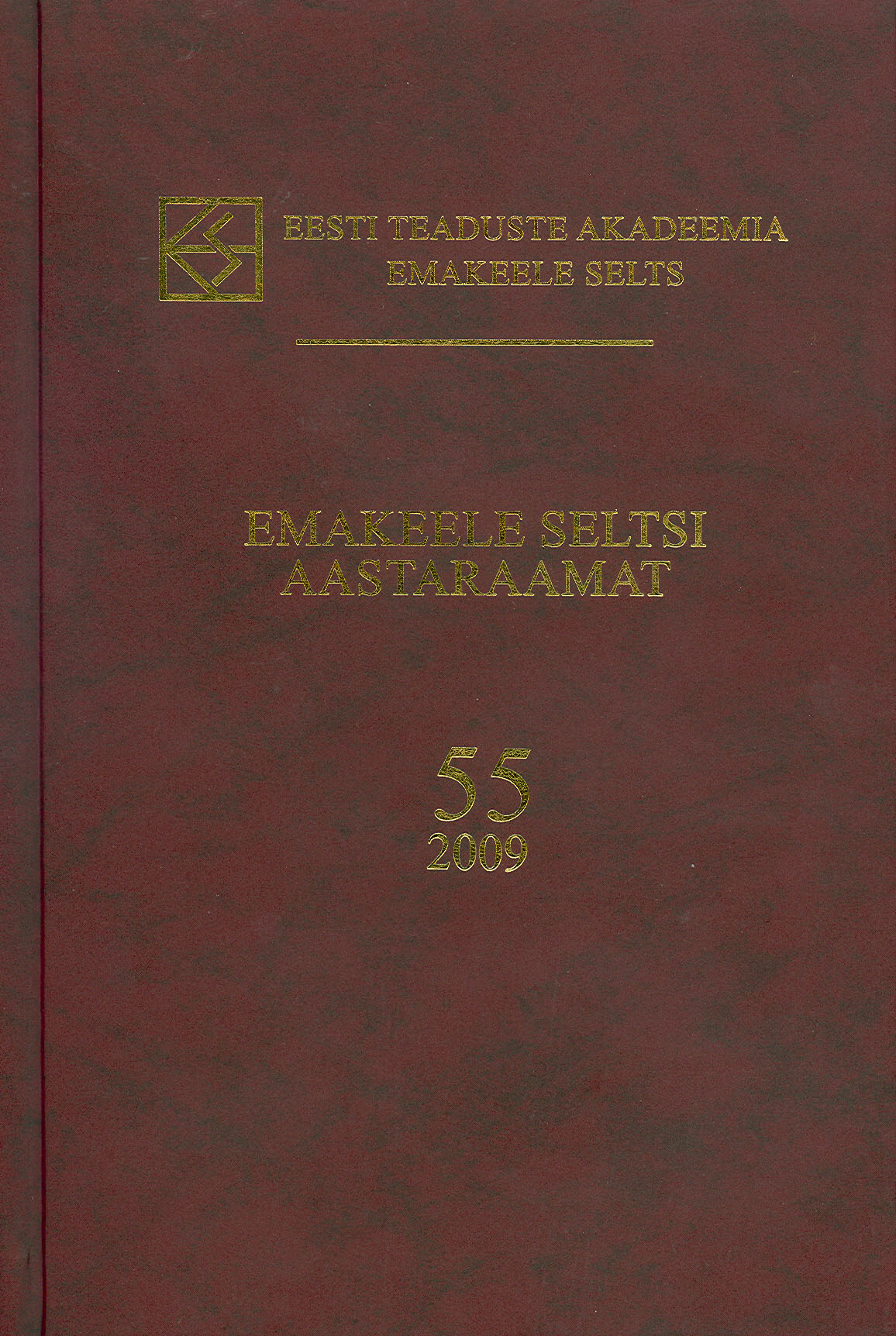MIS SEOS ON PÕLVAL LINAGA? LÄÄNEMERESOOME PELLOVA(S) KUI VEEL ÜKS VÕIMALUS SELGITADA KOHANIME PÕLVA PÄRITOLU
HOW IS PÕLVA RELATED TO FLAX? FINNIC PELLOVAS AS AN ALTERNATIVE ETYMOLOGY FOR THE PLACE NAME PÕLVA
Author(s): Eva SaarSubject(s): Phonetics / Phonology, Comparative Linguistics, Finno-Ugrian studies, Evaluation research
Published by: Teaduste Akadeemia Kirjastus
Keywords: toponyms; etymology; Finnic languages; South Estonian language;
Summary/Abstract: To this day, the origin of the South-Estonian toponym Põlva lacks a satisfactory phonological-historical explanation. Firstly, the article aims to connect the etymology of Põlva with the Finnic word *pellova(s) ‘flax (Linum)’, which is considered a Finno-Ugric native stem. The word has syncopic equivalents in several Northern Finnic languages (e.g. krjA peлvaz ‘flax’, lü peлvaz ~ peuvaz, vpsP ṕüuvaz, vpsK püuvaz, pǖväz, peüväz, ṕöлvaz, vpsL pöüväz, peuvez, ṕēv́äz). The historical development *pellovas > pe̮l̀va is considered very logical, as it reflects several historical developments characteristic of (South) Estonian: 1) sound change *e > e̮ in first syllable; 2) intervocalic sound change *s > h in non-initial syllable; 3) the loss of intervocalic h in non-initial syllable; 4) syncope: Nom *pellovas > *pelvas : Gen *pellovasan > *pellovahan > *pelvahan; 5) the loss of the derivational suffix *-sV > *-hV in vocalic stem inflectional forms; 6) the apocope of *n (GenSg *pellovasan >> pe̮l̀va).
Journal: Emakeele Seltsi aastaraamat
- Issue Year: 2018
- Issue No: 64
- Page Range: 192-204
- Page Count: 13
- Language: Estonian

